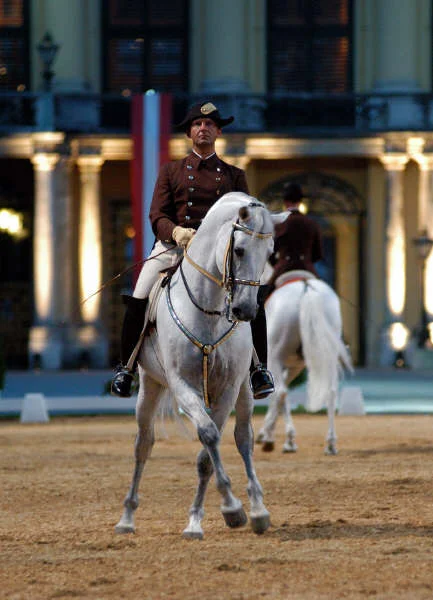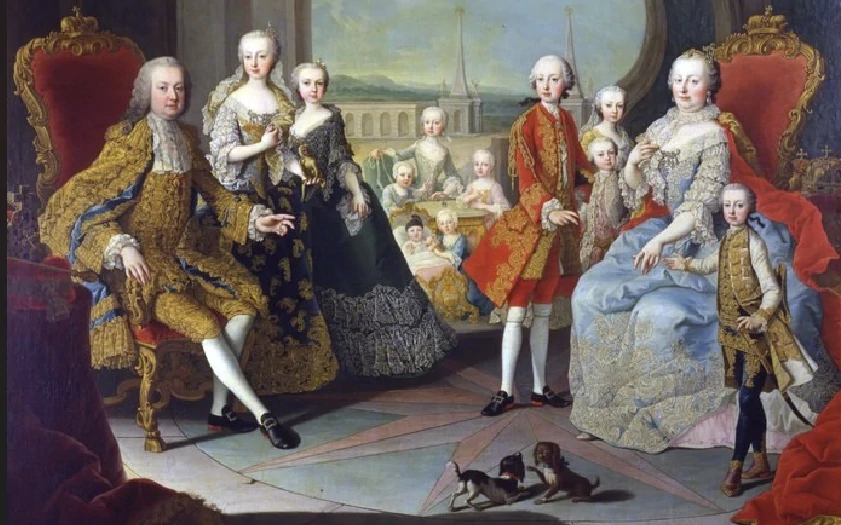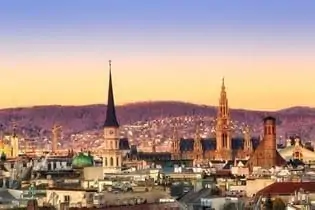How did the Lipizzaners get their name? Where do the horses originally come from? Where do they grow up and how do their lives go?
This area had been known for the breeding of Karst horses since the Greeks. From the beginning of the 18th century, Spanish, Italian, Danish and German stallions with Spanish blood were used. When the old Spanish stallions were no longer available, they were crossed with oriental horses.
When the Habsburg monarchy collapsed in 1918, the stud farm was relocated to Austria, more precisely to Piber in western Styria . The prevailing conditions were similar to those in Lipica. Similar soil conditions, good grass and mild climate like Lipizzaner. The stud farm in Piber has been successful in breeding stallions for 200 years. They have come exclusively from Piber since 1920. Lipizzaners have a strong, muscular body and a higher neck than other horses.
They correspond to the type of a baroque showpiece and parade horse . They have beautifully shaped hooves and good hocks. This is where the initially dark foals are born . The color only becomes lighter with each change of hair.
Between the ages of seven and ten, they “white out”, i.e. they acquire the beautiful white coat of the white horse.
Traditionally, a Lipizzaner must remain dark in color and is considered a lucky charm . Lipizzaners are considered to be noble, eager to learn and lively horses, which is why they are so well suited to the high school of horsemanship. Around 40 foals are born at the Piber Lipizzaner Stud every year and spend the first six months with their mother mare. In summer, the one to three year old young animals have special run on the alpine pasture at about 1,500m above sea level. There they practise sure-footedness, endurance and hardening. Every year in the fall , the new young animals are “sampled “. They are demonstrated and classified. It is decided whether they are eligible for breeding or are eliminated. Surplus Lipizzaners are sold to enthusiasts from all over the world. If the young mares own, they are covered for the first time the following year. In the case of the young stallions, a decision is made as to whether they are suitable for the “High School of Horsemanship”. Then they learn the steps such as “piaffe”, pirouette or passage. Only the best are then sent to the training center on Heldenberg in Lower Austria or to the Spanish Riding School in Vienna for training at the age of around 4-7 years. The stallions have a double name (as usual in Spain) . Their pedigree can be traced back to the 18th century. can be traced back. The name is made up of the sire’s lineage and the dam’s name. 72 stallions are usually stationed in the Stallburg in Vienna for the daily morning work or the shows in the Baroque Winter Riding School . The life of the Lipizzaners is quite interesting.
They are constantly on the road with their tours and spend the summer either in Piber or on Heldenberg. When they are almost 30 years old , they go into well-deserved retirement and spend it in Piber. Recently, the oldest Lipizzaner died in Styria at the age of 40.
Time Travel Tip: Daily except Monday the morning work of the Lippizzaner takes place from 10 – 12h in the Vienna Stallburg right next to Time Travel. It is worth to be at the arcade around 11h, because the stallions are exchanged and with luck you can see and photograph them up close.
More info: The Lipizzaner (srs.at)
Here you will find the top sights in Vienna and more topics about Maria Theresa or Gustav Klimt. Image source: https://commons.wikimedia.org/wiki/File:Maestoso_Basowizza_%26_Oberbereiter_Hausberger.jpg?uselang=de Attribution: Machoxx



